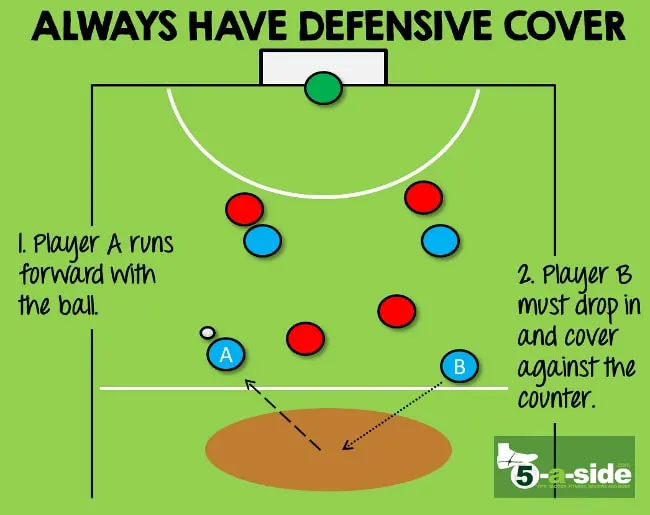AFL, or Australian Rules Football, is a fast-paced and physically demanding sport that requires a combination of skills, athleticism, and strategy. One crucial aspect of the game is tackling, as it is essential for both stopping the opposition’s advance and regaining possession of the ball. To excel in AFL, mastering tackling techniques and defensive strategies is a must. In this article, we will explore the key elements of effective tackling and defensive play in Australian Rules Football.
The Importance of Tackling in AFL
Tackling is at the heart of the defensive play in AFL. Usually, you’ll see AFL teams that have the best defence will have the better AFL odds to win the game or even the Grand Final. It is a fundamental skill that every player, regardless of their position, must develop. Effective tackling can disrupt the opposition’s momentum, force turnovers, and set the tone for a team’s defensive efforts. To become a proficient tackler, consider the following techniques:
- Body Positioning
Proper body positioning is crucial when it comes to tackling. To execute a successful tackle, get low and keep your hips below your opponent’s hips. This low centre of gravity will allow you to maintain balance and generate power when making contact. Additionally, angle your body to the side of your opponent, which reduces the risk of a high tackle and minimises the chances of giving away a free kick.
- Timing and Anticipation
Timing is everything in tackling. Try to anticipate your opponent’s movements and actions. When you see an opportunity to make a tackle, explode into action and close the gap quickly. AFL is a dynamic sport, and hesitation can cost you a successful tackle. Practice reading your opponent’s body language and reacting decisively.
- Use Your Arms
While tackling primarily involves using your body to make contact, your arms play a critical role in securing the tackle. As you approach your opponent, extend your arms and aim to wrap them around your opponent’s midsection. This helps prevent them from breaking free. Remember to keep your arms firm but not rigid to allow for flexibility in the tackle.
- Leg Drive
Leg drive is a key element of powerful tackling. Once you’ve made initial contact with your opponent, drive your legs forward to push them backward or bring them to the ground. Proper leg drive can be the difference between a successful tackle and your opponent breaking free.
- Teamwork
In AFL, tackling is not just an individual effort but a collective one. Effective tackling often requires coordinated pressure from teammates. Communication and teamwork are essential in pinning an opponent and ensuring they don’t have easy escape routes. Work with your fellow defenders to cut off angles and create pressure on the ball carrier.
Defensive Strategies in AFL
While mastering individual tackling techniques is essential, it’s equally important to understand the broader defensive strategies in AFL. Here are some key principles to keep in mind when playing on the defensive side of the ball:
- Zoning and Pressuring
AFL teams often employ a zoning defence, where players cover specific areas of the field rather than marking individual opponents. This strategy allows defenders to cut off passing lanes, intercept kicks, and pressure the opposition into making mistakes. Remember to apply pressure to the ball carrier without overcommitting, as this can leave your own position vulnerable.
- Man-on-Man Defence
Man-on-man defence is another common strategy in AFL, especially in critical situations. In this approach, defenders are assigned specific opponents to mark closely. The key is to stay close to your opponent without infringing on their personal space, which could result in a free kick for holding or pushing.
- Defensive Spacing
Maintaining proper defensive spacing is essential. Keep a balanced distance between you and your opponent, allowing you to react to their movements effectively. Avoid getting too close or too far, as this can lead to a disadvantageous position.
- Intercept Marking
Intercept marking is a valuable skill for defenders. Anticipate passes and kicks, and when the opportunity arises, leap to make a mark, denying the opposition an easy possession. Intercept marks can be game-changing plays that shift the momentum in your team’s favour.
- Defensive Pressure and Tackling Zones
AFL fields are divided into various zones, and defenders must be aware of their roles within these zones. Apply pressure to opponents in your area, making it difficult for them to find a target or execute a clean kick. If an opponent enters your tackling zone, be ready to execute a successful tackle and regain possession.
In conclusion, tackling and defensive strategies are vital aspects of mastering AFL. To become a proficient defender, you must hone your tackling techniques, develop a keen sense of anticipation, and work on your teamwork skills. Moreover, understanding defensive strategies, such as zoning and intercept marking, will enhance your effectiveness on the field. By combining these elements, you can become a formidable force on the defensive side of Australian Rules Football, contributing to your team’s success and helping secure victory on the pitch.






